Located in northern Queensland, Australia, Daintree National Park is a spectacular wildlife sanctuary, which draws visitors from all over the world. Unlike most of Australia, which is covered in hot and dry deserts, Daintree is covered in dense, tropical rainforests, and it hosts a varied collection of animal species.
We’ll detail some of the most notable species from the park below and provide some tips for seeing as many of the park’s inhabitants as possible.
The Reptiles of Daintree National Park
A variety of spectacular reptiles inhabit Daintree National Park.
Like most other portions of Australia, Daintree National Park is home to a diverse mix of reptile species. Most of the species living within the park are relatively small and unimposing, but several large reptiles also live in the park.
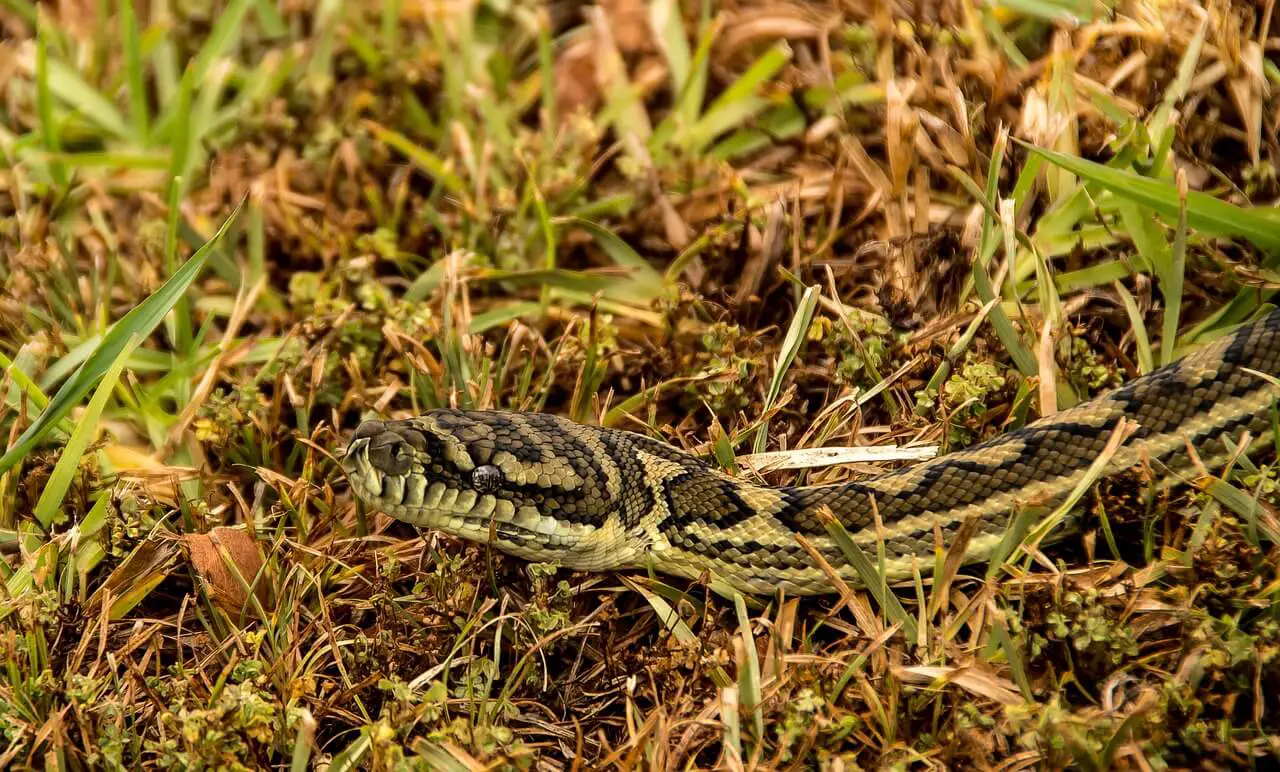
A few of the most notable (and commonly seen) species include the eastern water dragon and keelback snakes, both of which tend to live close to the rivers, ponds and billabongs of the region. Meanwhile, leaf-tailed geckos and carpet pythons typically dwell in the trees, although they are also seen on the ground from time to time.
Of course, Australia is famous for being the only place on earth where venomous snake species outnumber non-venomous snake species. Accordingly, you may have the chance to see species like the eastern brown snake, death adder or the red-bellied black snake.
Avian Ambassadors of the Park
Although often overlooked by visitors, the birds living in Daintree National Park are some of the region’s most amazing species.
The bird life of Daintree National Park is varied and comprised of more than 430 different species. Oddly for such a remote and untouched wilderness area, Daintree National Park is home to six different pigeon species, including the beautiful wompoo fruit-dove.
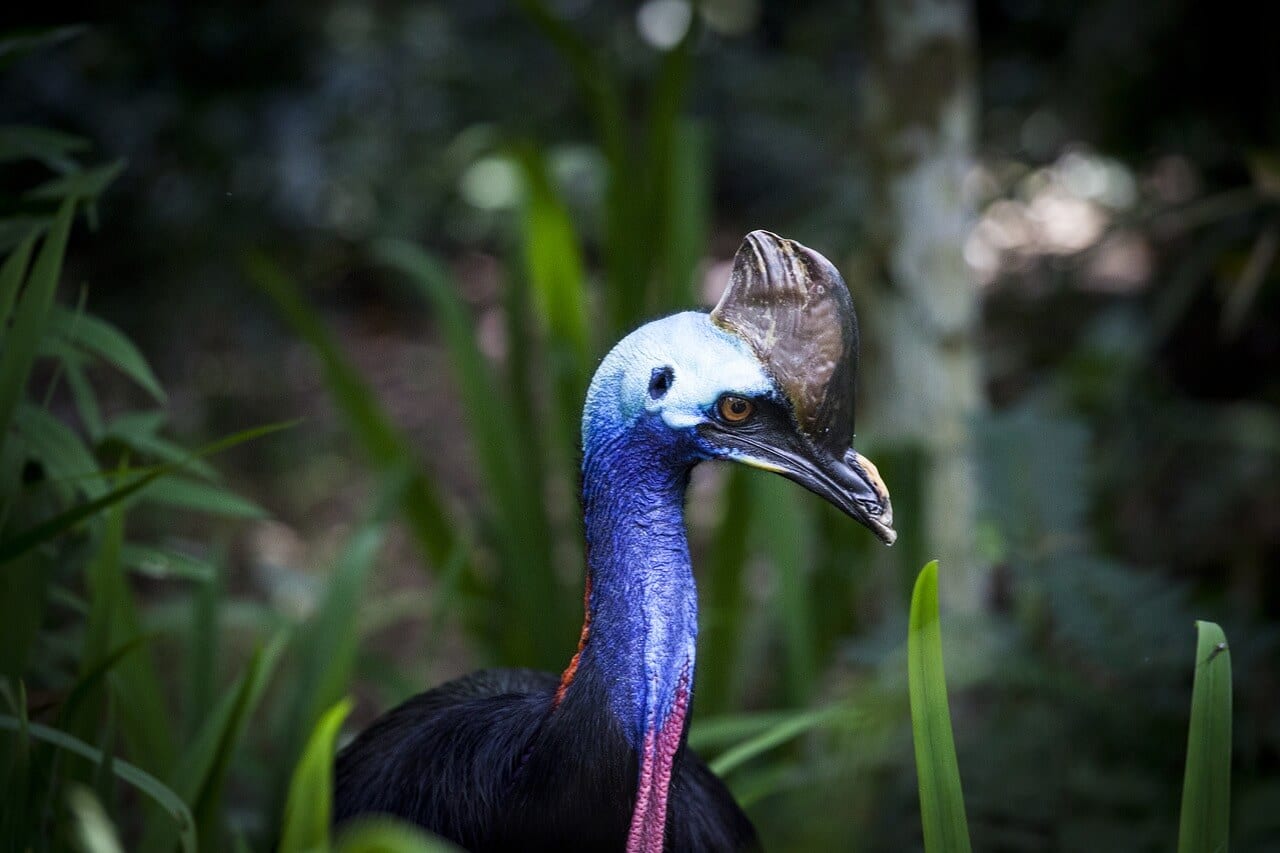
And although most of the park’s birds are year-round residents, a few seasonal visitors also live in the park during portions of the year, such as the buff-breasted paradise kingfisher.
However, the most noteworthy bird living in Daintree National Park is unquestionably the cassowary. These large, flightless birds are supremely adapted to living in the dense forests of the region. They feed on a variety of plants, seeds, fruits and small animals. For example, these birds have large crests on their heads, which help them to plow their way through the dense vegetation of the forest.
Australia: Land of Marsupials
Marsupials are some of the most famous animals in all of Australia, and several species call Daintree home.
Australia is noteworthy for its impressive collection of marsupials, including several species living in Daintree National Park. Marsupials are different than “normal” (placental) mammals in several ways. However, the most obvious difference is the way they rear their young. Marsupials give birth while their young are still very poorly developed. They then allow their offspring to complete their development while hiding inside a pouch on their mother’s body.
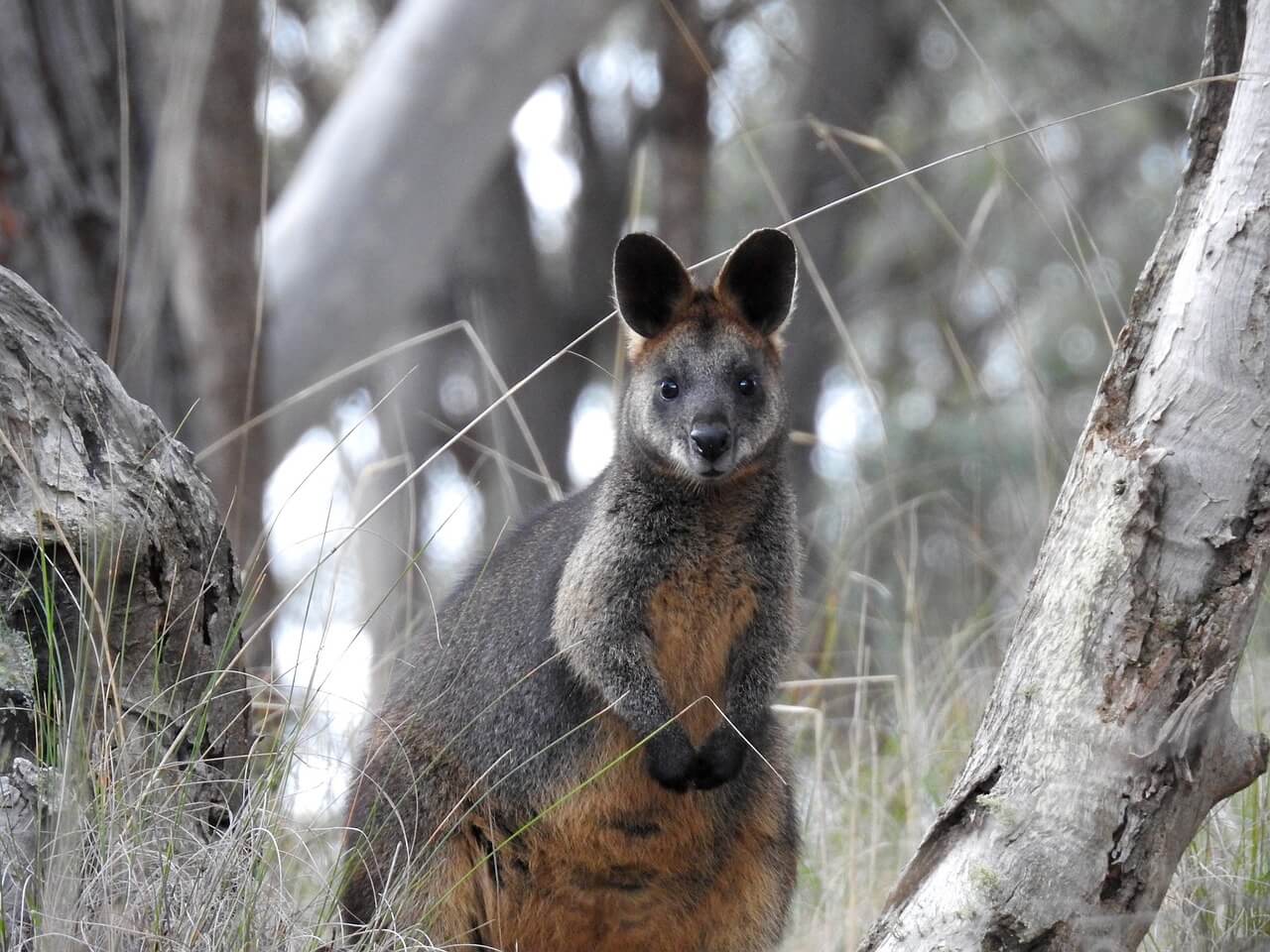
Most of the marsupials living in Daintree are relatively small. This includes the striped possum and the Daintree ringtail possum, as well as the adorable musky rat-kangaroo. The musky rat-kangaroo is actually a bit of a scientific enigma. Researchers don’t completely agree on its placement within the tree of life. Two bandicoot species also live within the park. This includes the brown bandicoot, as well as the long-nosed bandicoot.
A few of the larger marsupials that call Daintree National Park home include the swamp wallaby and Bennett’s tree kangaroo. Both species reach about 30 pounds, although the swamp wallaby may occasionally reach 40.
Wildlife Viewing Tips
Try to use the tips presented below to make sure you see as many animals as possible while visiting the park.
Daintree certainly provides visitors with the chance to see a variety of animal species, but many of them are secretive and try to avoid contact with humans. Accordingly, you’ll want to embrace the tips and tricks discussed below. This will give yourself the best chance of seeing a variety of animals during your Daintree adventure.
- Use caution around the water. You’ll certainly want to explore the portions of Daintree National Park bordering rivers and lakes, as many of the most amazing bird species in the park frequent these areas. Just be sure to use common sense, as saltwater crocodiles often inhabit these waters and represent a serious threat to visitors.
- Binoculars are a must. You simply won’t be able to enjoy the park’s bird fauna to the fullest without a good pair of binoculars. Not only will binoculars help you see species lurking high atop the forest canopy, but they’ll also help you scan the vegetation along the local rivers, where many birds feed and nest.
- Get out early. The temperatures in Daintree National Park can reach sweltering levels. This not only makes it more difficult for visitors to focus on wildlife while dripping with sweat, but it also depresses the activity level of the local animals. Accordingly, you’ll want to hit the trails early in the morning, before the temperatures start to climb.
- Consult with the local park rangers. Daintree National Park’s rangers and staff are an invaluable resource that all visitors should leverage when trying to see wildlife. The staff members are all very familiar with the local animals, and they can provide very helpful advice for seeing some of the park’s most stunning species.

Share Your Experiences!
Daintree National Park is one of the best places in the world to see an array of fascinating wildlife species. It isn’t always easy to reach Australia from the U.S., but Daintree will certainly make your efforts worthwhile. Just be sure to embrace the wildlife-viewing tips discussed above. This will help you maximize the number of species you see and make the trip one to remember.
Have you ever visited Daintree National Park? We’d love to hear about your experiences! Let us know what you thought of the park and what animal species you saw during your trip in the comments below.


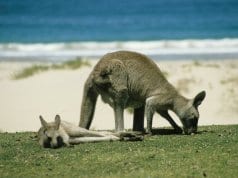
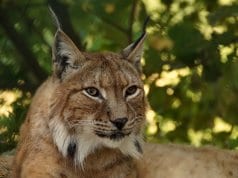
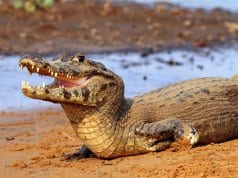
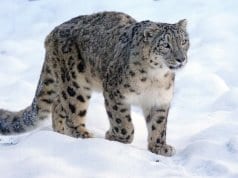
![Red Angus Closeup of a beautiful Red Angus cowPhoto by: U.S. Department of Agriculture [pubic domain]https://creativecommons.org/licenses/by/2.0/](https://animals.net/wp-content/uploads/2020/03/Red-Angus-4-100x75.jpg)

